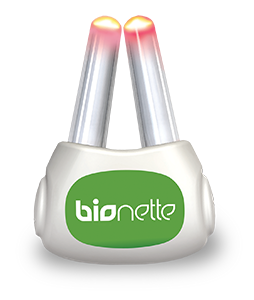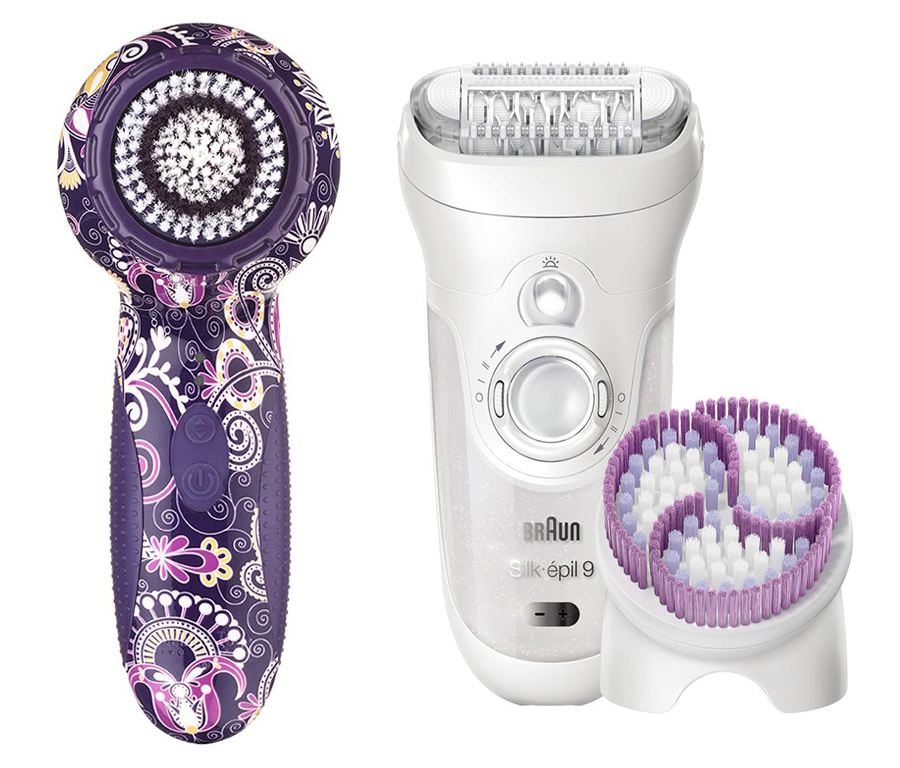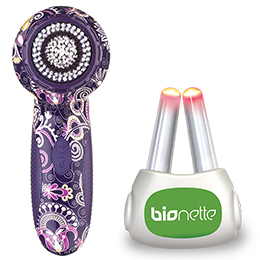As the beauty and nonprescription drug markets evolve, new and innovative devices offer competition to traditional and well-established brands. Historically, when consumers desired treatment for minor pain or allergies, conventional wisdom had them buying OTC medications to help their symptoms subside. While oral analgesics and oral and nasal allergy remedies continue to be large consumer markets, new device technologies offer consumers innovative ways to treat themselves using drug-free options. The growth rates for some of these new devices are a testament to the interest consumers have in using non-drug treatment options, coupled with a thirst for incorporating new technologies into their daily lives.
A closer look at the U.S. pain management devices market shows healthy growth of 10% in 2015, while OTC oral analgesics post growth of only about 3% in 2015. Pain management devices for at-home use are growing in part because of the aging population and consumers who are seeking alternative ways to maintain pain-free, active lifestyles for as long as possible. Consumers are increasingly researching device solutions for themselves rather than relying on medical professionals for guidance. Insurance companies have cut back on coverage of pain management devices, thus making consumers more proactive in their brand choices. Most consumers look for specialized products that are specific for the ailment that is plaguing them as these types of products are perceived as more effective. There is also an increased preference for easy-to-use, portable, lightweight, and user friendly devices. According to our recent attitude and usage survey with pain management professionals in China, Germany, Mexico, and the United States, the most recommended types of pain management devices by healthcare professionals for at-home use are TENS, heat/ice packs, and heat devices.
In the allergy market, an at-home device uses light technology inserted into the nostrils to deliver drug-free relief from nasal allergy symptoms. Bionette, made in Toronto, Canada, by Wholesale Medical Network, Inc., is a device that uses Low-Level Narrow Band (LLNB) light technology and is said to have clinical studies to prove safety and efficacy. The device makes claims of treating both seasonal and non-seasonal nasal allergy symptoms from animal dander, pollen, ragweed, mold, dust, and other allergens. The device is small and lightweight, and treatment takes less than five minutes with the recommendation of using the device two to three times per day while suffering from allergy symptoms. At a price point of $90.00, Bionette could be considered economical by consumers if it is effective at reducing nasal allergy symptoms and reduces the need to purchase OTC nasal allergy pills or nasal sprays on a regular basis.

Bionette by Wholesale Medical Network, Inc.
When it comes to beauty, consumers turn to the Internet to research beauty devices and read reviews, which can greatly impact their purchasing decisions. As a result, many beauty device marketers send their products to influencers in exchange for a review. Multi-benefit devices are a growing trend, and marketers are responding with launches of multi-functional devices in 2015, such as Michael Todd’s Soniclear Elite that offers cleansing and anti-aging benefits and Braun’s Silk-épil 9 that functions as an epilator and cleansing brush. Special kits and gifts with purchase continue to be a reason consumers may choose one brand over another. The most popular at-home beauty devices include those used for cleansing, hair removal, and anti-aging.

Michael Todd’s Soniclear Elite and Braun’s Silk-épil 9
Year-over-year growth of 6% to 10% is common for these device markets. In the future, with the improvement of technology, it is likely that beauty device lines will blur for medical, pain, and health and fitness devices, as consumers move towards a 360 degree approach to beauty and health. Through our Beauty Devices: Global Market Analysis and Opportunities, Beauty Devices: Global Consumer Insights, Pain Management Devices: Global Market Analysis and Opportunities, and Self-care Devices: U.S. Market Analysis and Opportunities reports, we address the issues of consumer receptivity to new technologies and how much competition these devices are offering traditional OTC drugs and beauty brands. To learn more about these insightful studies, please contacts us.
Written by Laura Mahecha, Industry Manager Kline Healthcare and Sai Swaroop, Project Lead Kline Consumer

